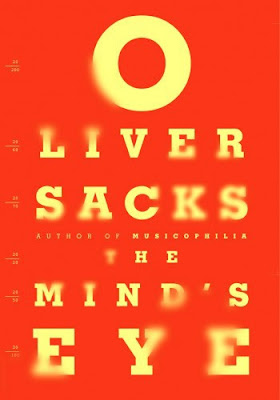In this ninth book in the 'Tony Hill and Carol Jordan' series, Carol tries to deal with her alcoholism and becomes head of the Major Investigation Team. The book can be read as a standalone.
*****
As the story opens Carol Jordan, having left her job as a Detective Chief Inspector with the Bradfield police, is renovating an English country barn to make a comfortable home for herself and her dog Flash. Carol is more or less estranged from her friend/former co-worker Tony Hill - a psychologist and forensic profiler.

After a local dinner party, Carol - who has an alcohol problem - is arrested for drink driving. With no other options Carol calls Tony for help, and the psychologist takes it upon himself to get Carol off the sauce - not an easy task. Carol is about to face charges in court when her old boss makes an offer she can't refuse. Carol's breathalyzer test will turn out to be 'faulty' if she agrees to return to the police force as the DCI in charge of a new roving Major Investigation Team (MIT). Carol gets to hand pick her team members and chooses Tony and a few good detectives she can trust.

Not everyone is happy about this. Several high-ranking police supervisors dislike Carol for making them look foolish (in previous books) and one former underling resents not being chosen for the new team.

So when the press learns about the 'faulty' breathalyzer test - and splashes it across the front page - Carol suspects a cop leaked the information. And she plans to find out who.

Meanwhile, several women in the area have taken their own lives. Each woman expressed feminist views, was severely bullied online, and was apparently driven to suicide. Tony's instincts tell him these deaths are suspicious and Carol's newly formed MIT looks into them as a sort of practice run. This is all to the good since (as the reader knows) a killer is on the loose.

Members of the MIT interview various people, including cops who originally investigated the suicides, friends and relatives of the dead women, and people who posted ugly/threatening comments online. The team also learn that a certain type of book was left at the site of each 'suicide.' Very suspicious indeed! 🤔

In the end, the MIT uncovers the killer by dint of the skills of Detective Stacey Chen, an IT expert and hacker extraordinaire. Stacey backdoors her way into a book-selling website, CCTV camera files, motor vehicle registers, etc. and finds information that leads to the killer - and she does this all in a day or so!! To me this kind of resolution to a mystery book feels like cheating, more 'magic' than detective work.

The discovery of who leaked the breathalyzer story was also resolved too easily in my opinion. One of the MIT detectives had once been involved with a reporter...and he asked her.
There's more going on in the book as well. The issue of online bullying is addressed and the reader learns more about the lives of the characters. Carol is struggling with her alcoholism; Tony is trying to re-establish a close (not necessarily romantic) friendship with Carol; Stacey is in a relationship with a handsome but shallow fellow detective; some Bradfield detectives are trying to undermine Carol; the killer has issues stemming from childhood; and more.
All in all I enjoyed the story, which has an interesting variety of characters and an engaging mystery. I'd read more books in this series.





























